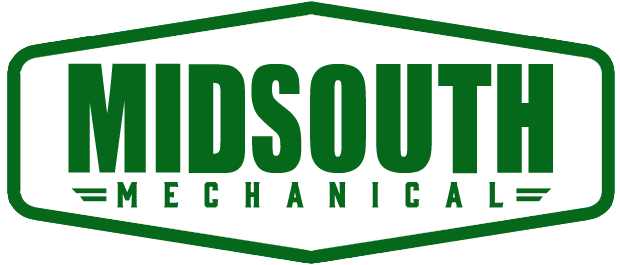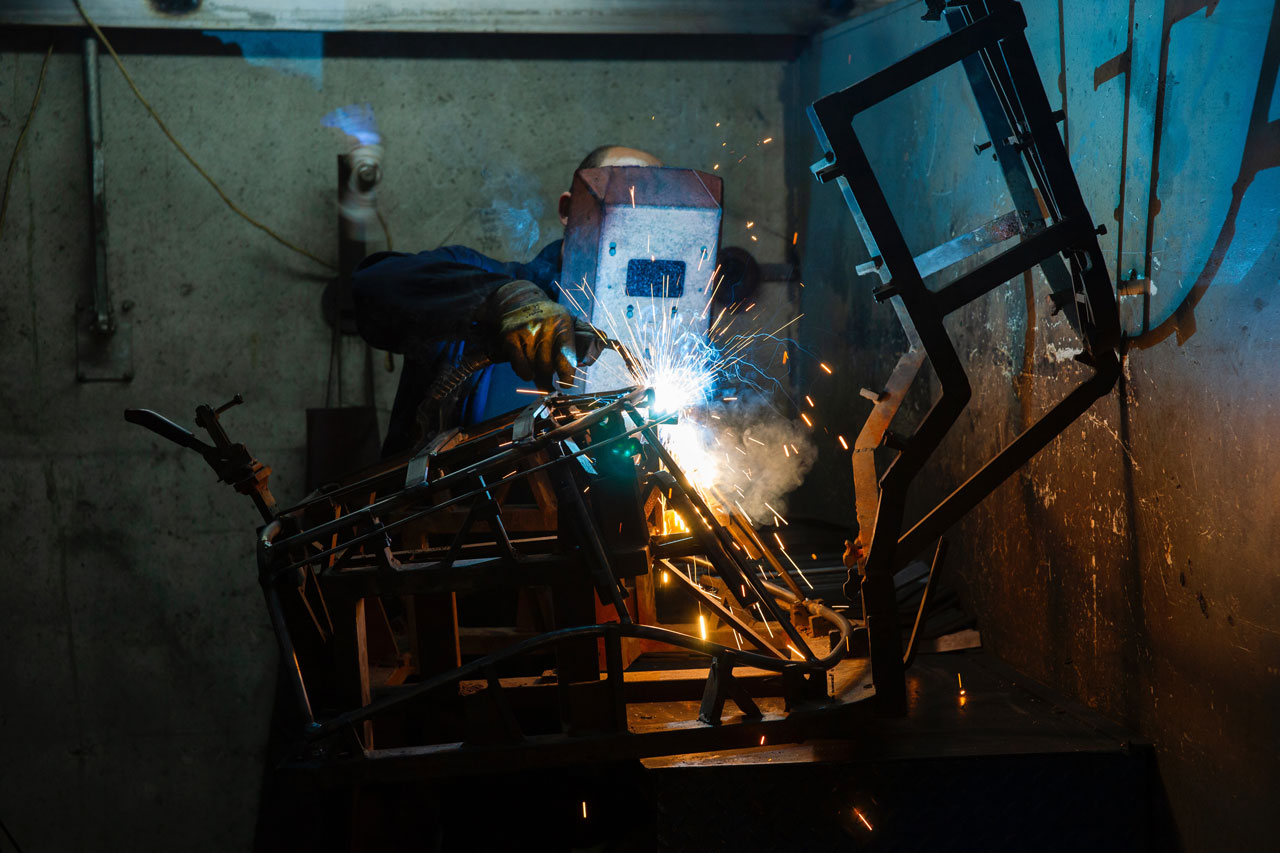The Undeniable Importance of Machine Guarding
Introduction
From factories to workshops, machinery is an intrinsic component of our production landscape. The efficiency and speed they bring are unmatched, but so are the potential risks they pose. Enter machine guarding—a hero often unsung, but essential.
The rotating blades of a saw, the menacing hum of a conveyor belt, the rapid thud of a press—these are but a few of the machines that have revolutionized industries. While they are indispensable, their very function can be a source of potential danger. Machine guarding serves as a protective barrier, ensuring that the synergy between man and machine remains safe and productive.
Safety First: The primary objective of machine guarding is to safeguard workers from injuries. From minor cuts to more severe injuries, a proper guard can mean the difference between a regular day at work and a catastrophic event.
Financial Implications: Accidents are costly. Beyond the human toll, they can result in halted production, insurance claims, and even legal battles. An effective guard, while an upfront investment, can save companies immense costs in the long run.
Regulatory Adherence: OSHA and other regulatory bodies have clear mandates about machine safety. Non-compliance can result in substantial penalties, making machine guarding not just an ethical obligation but a legal one.
Maintaining Reputation: In the age of information, news about workplace accidents can spread rapidly, tarnishing a company’s reputation. Prioritizing worker safety can enhance a company’s public image and internal morale.
Diverse Machine Guards for Varied Needs
Not all machines are created equal, and neither are their guards. Understanding the type of guard suitable for specific machinery is crucial.
Fixed Guards: Often seen in factories, these guards are immovable barriers. They’re ideal for machinery that doesn’t require frequent interaction.
Adjustable Guards: These can be repositioned, accommodating materials of varied sizes. Think of a guard on a table saw that can be adjusted based on the wood’s thickness.
Self-adjusting Guards: Found on machines like drills, these guards move according to the material’s size, offering protection without hindering the operation.
Interlocking Guards: These are sophisticated, cutting off power when opened. They ensure that machinery can’t run when it’s exposed.
Electronic Guards: Using technology like lasers or infrared, these guards detect breaches and halt operations. They’re common in high-speed, automated setups.
Ensuring Guard Effectiveness
It’s not enough to have a guard; its effectiveness is paramount. This involves ensuring it’s made of durable materials, is resistant to tampering, and doesn’t obstruct the operator. Regular inspections to check for wear and tear, along with feedback loops with operators, can ensure a guard’s longevity and effectiveness.
Real-life Implications
To truly grasp the importance of machine guarding, consider this: in 2018, a worker suffered severe injuries due to inadequate guarding. The company faced litigation, production halts, and public backlash. This incident, preventable with proper guarding, had profound human and financial repercussions.
Staying Updated with OSHA Guidelines
OSHA’s guidelines are comprehensive and updated regularly. Companies must stay informed about these changes. Regular training sessions, workshops, and safety drills can keep the workforce informed and compliant.
Conclusion
Machine guarding is an essential facet of modern industries, marrying safety with productivity. It exemplifies the ethos that no production target is worth compromising worker safety. By investing in and prioritizing effective machine guarding, industries can create a safe, efficient, and harmonious work environment.
Don’t wait until it’s too late. Call Midsouth today to learn more about our holistic approach to fabricating and installing machine guarding.
Our team is here to help.
Contact a project manager today!


